“Historic Heart of Cairo Tahrir Square”
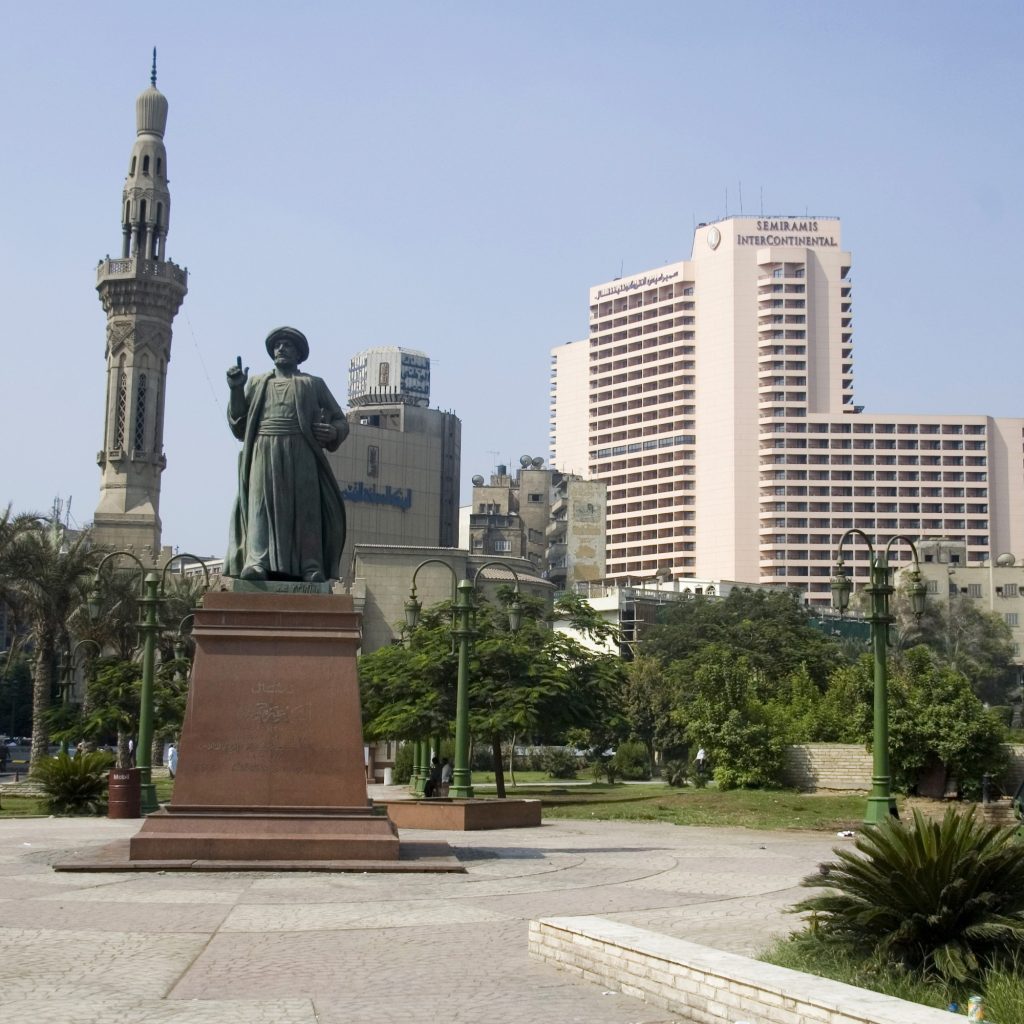
Contents:
- Introduction
- The Birth of Tahrir Square
- Tahrir Square’s Architectural Significance
- Political Movements and Demonstrations
- The 2011 Egyptian Revolution
- Iconic Monuments and Statues
- Tahrir Square in Popular Culture
- The Egyptian Museum’s Relocation
- Modern-Day Tahrir Square
- Go to Visit el Tahrir Square
- Conclusion
- FAQs
Introduction
Cairo Tahrir Square, often dubbed the “Heart of Egypt,” is more than just a central traffic hub; it’s a symbol of Egyptian identity, resistance, and unity. This vast, bustling square has witnessed some of the most significant events in modern Egyptian history, making it a pivotal location not only for locals but for anyone interested in the country’s rich political and cultural heritage. From its architectural significance to its role in the 2011 Egyptian Revolution, Tahrir Square stands as a testament to the power of collective action and national pride.
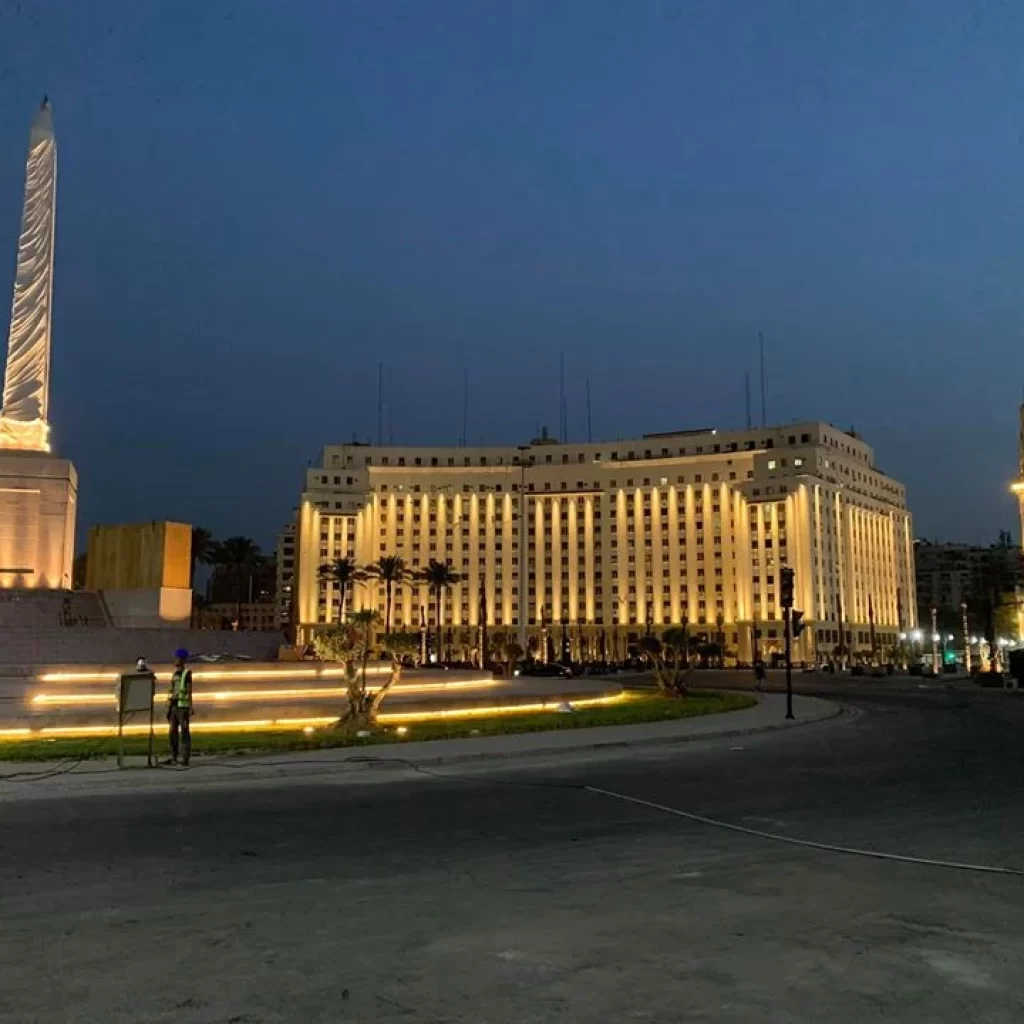
Cairo Tahrir Square,originally known as Ismailia Square, was established in the 19th century by Khedive Ismail Pasha, who envisioned a European-style Cairo. The square was designed to be the focal point of the city’s modernization efforts, with wide avenues and grand buildings surrounding it. It was renamed Tahrir Square, meaning “Liberation Square,” following the Egyptian Revolution of 1952, which marked the end of the monarchy and the beginning of the modern republic.
2. Tahrir Square’s Architectural Significance
Architecturally, Cairo Tahrir Square, is surrounded by a mix of historical and modern buildings that reflect Cairo’s evolution. The square is framed by iconic structures . The design of the square itself, with its open space and central location, has made it a natural gathering point for the city’s inhabitants. This blend of old and new encapsulates the city’s ongoing dialogue between tradition and progress.
3. Political Movements and Demonstrations
Cairo Tahrir Square, has long been a site of political expression in Egypt. It has hosted numerous demonstrations, rallies, and protests throughout the 20th and 21st centuries. From anti-British demonstrations in the early 1900s to protests against various regimes, the square has been the stage for countless expressions of public sentiment. Its significance as a space for free expression has only grown over the years, earning it a place in the annals of global political history.
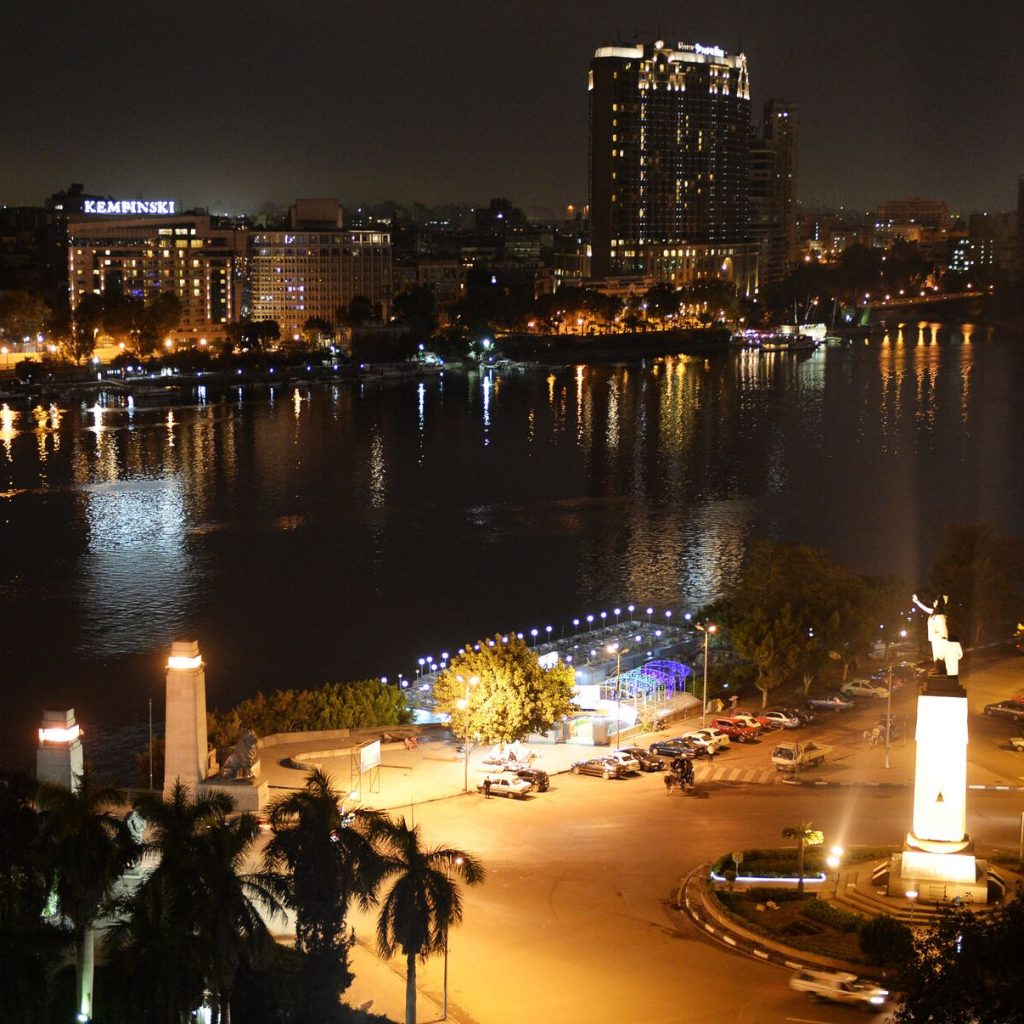
4. The 2011 Egyptian Revolution
The 2011 Egyptian Revolution is perhaps the most defining moment in Tahrir Square’s history. What began as a peaceful protest on January 25, 2011, quickly grew into a mass uprising that demanded the resignation of President Hosni Mubarak. For 18 days, Cairo Tahrir Square, was the epicenter of the revolution, with millions of Egyptians occupying the square, calling for change. The revolution led to Mubarak’s resignation and marked the beginning of a new chapter in Egypt’s history, forever linking Tahrir Square with the spirit of the revolution.
5. Iconic Monuments and Statues
Cairo Tahrir Square, is home to several significant monuments and statues that commemorate various aspects of Egyptian history. statue of Omar Makram, a national hero who resisted Napoleon’s invasion of Egypt. The square also features a large flagpole, symbolizing national pride and unity. These monuments serve as a reminder of the square’s historical and cultural importance, making it a living museum of Egypt’s past.
6. Tahrir Square in Popular Culture
Over the years, Cairo Tahrir Square, has made its way into popular culture, both in Egypt and around the world. It has been featured in films, documentaries, and books that chronicle Egypt’s political struggles and social movements. The square’s role in the 2011 revolution, in particular, has been depicted in numerous artistic works, highlighting its status as a symbol of resistance and change. This cultural resonance has ensured that Tahrir Square remains a powerful emblem of the Egyptian people’s resilience.
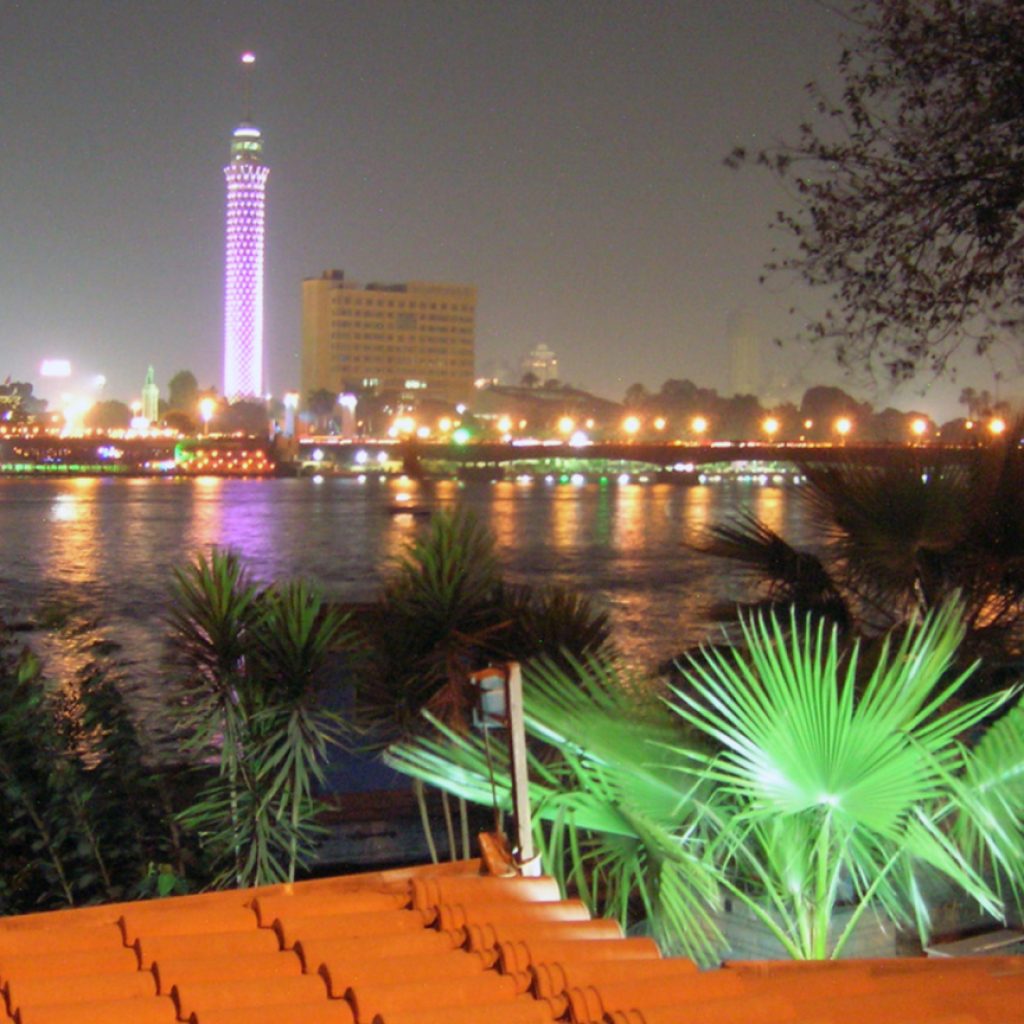
7. The Egyptian Museum’s Relocation
For many years, the Egyptian Museum, home to countless ancient treasures, was located on the edge of Tahrir Square. However, the museum is in the process of being relocated to the Giza Plateau, near the pyramids, with the new Grand Egyptian Museum set to open soon. This move is part of Egypt’s broader efforts to modernize its cultural institutions and attract more tourists. Despite the museum’s relocation, Cairo Tahrir Square, will continue to be associated with Egypt’s rich history, given its proximity to such significant landmarks.
Today,Cairo Tahrir Square, has been revitalized, with new landscaping, lighting, and pedestrian-friendly spaces. It has been transformed into a more welcoming and functional area for both locals and tourists. The square now features fountains, green spaces, and enhanced security, making it a pleasant place to visit while still retaining its historical significance. The modernization of Tahrir Square reflects the broader changes happening in Cairo as the city adapts to the needs of the 21st century.
9. Go to Visit el Tahrir Square
Visiting Tahrir Square is a must for anyone traveling to Cairo. The square is easily accessible by public transportation, including the Cairo Metro, which has a station named after the square. Visitors can explore the surrounding area, which is rich with cafes, shops, and historical landmarks. Whether you’re interested in Egypt’s political history or just want to experience the vibrant atmosphere of downtown Cairo, Tahrir Square offers a unique and immersive experience.
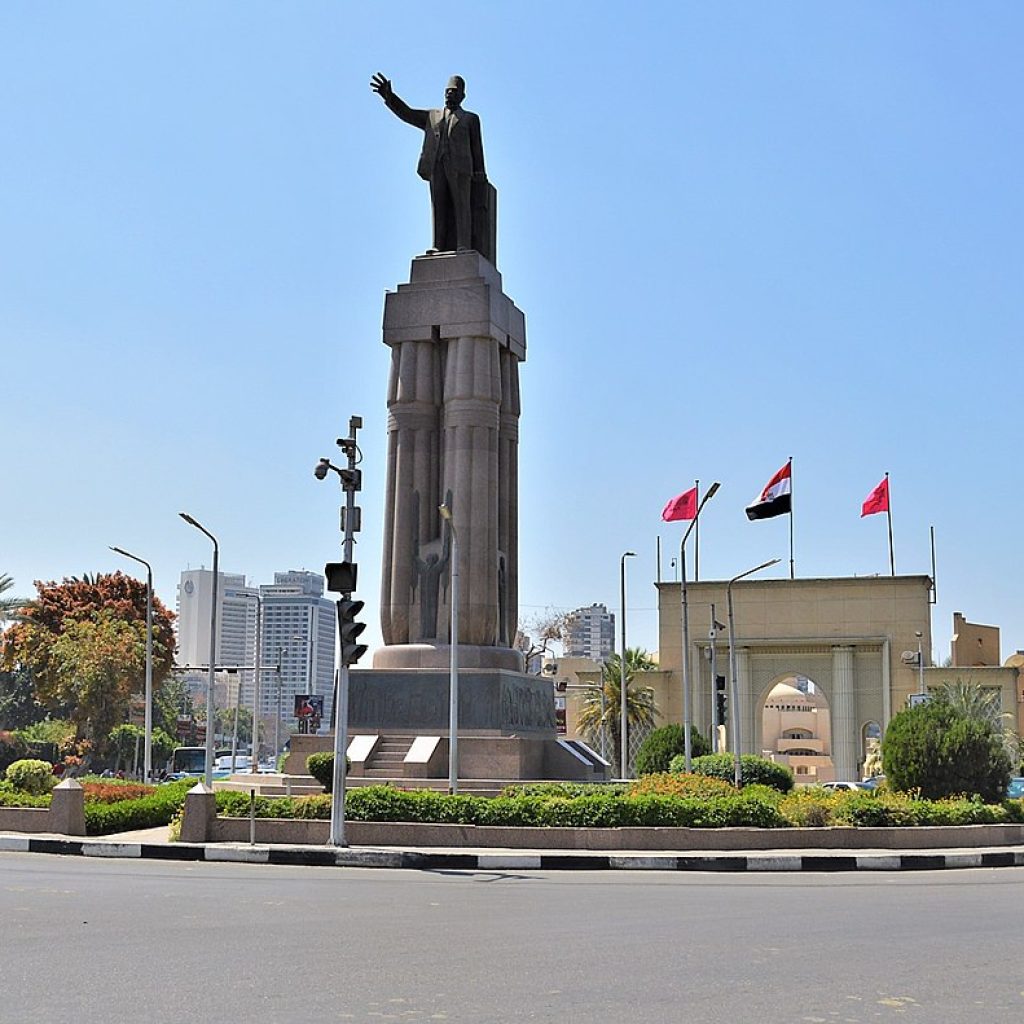
Cairo Tahrir Square, is more than just a physical space; it’s a symbol of Egypt’s enduring spirit and quest for freedom. From its historical roots to its role in shaping the country’s modern identity, Cairo Tahrir Square, stands as a testament to the power of collective action and the resilience of the Egyptian people. As Cairo continues to evolve, Cairo Tahrir Square,will undoubtedly remain a central and iconic part of the city’s landscape, reminding all who visit of its storied past and promising future.
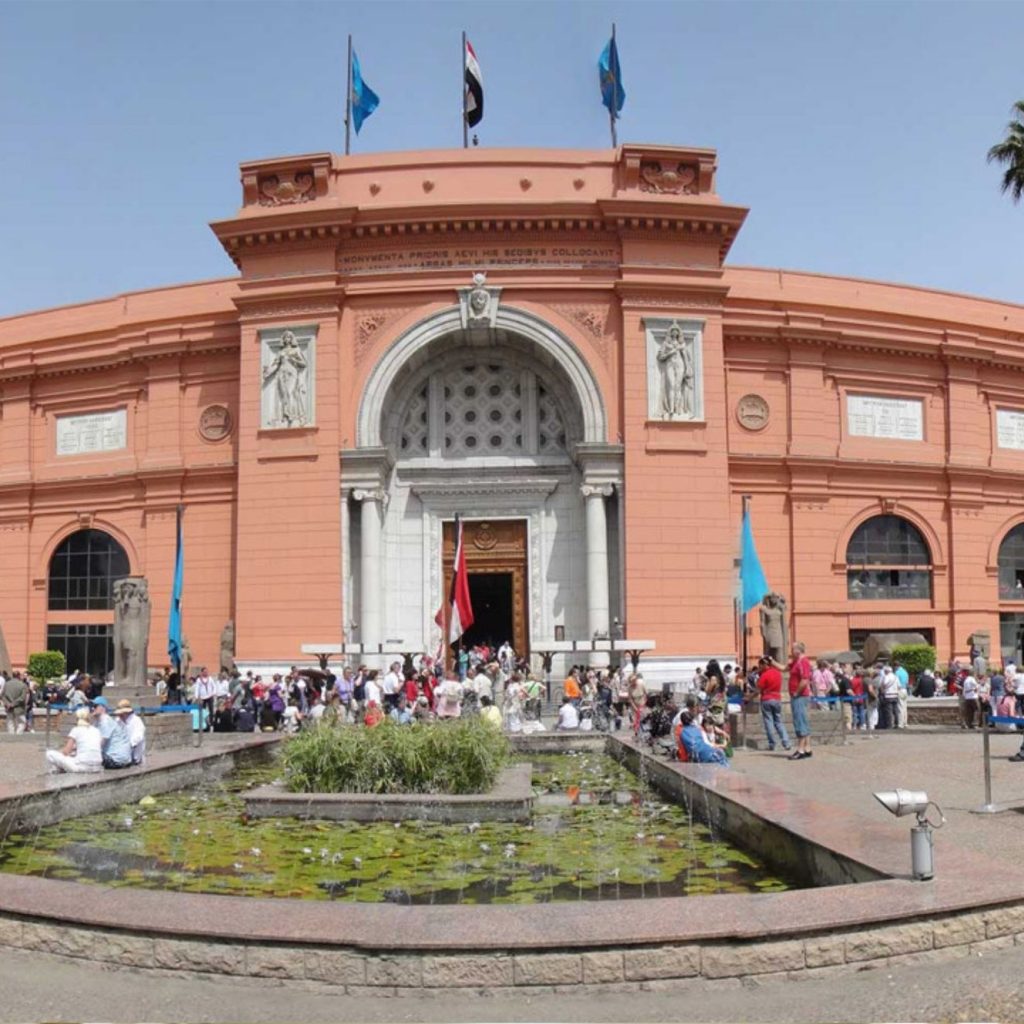
1. What is the meannig of Tahrir Square?
Tahrir Square is meannig as a symbol of Egyptian identity and has been the site of numerous political demonstrations, including the 2011 Egyptian Revolution.
2. When was Tahrir Square established?
Tahrir Square was established in the 19th century by Khedive Ismail Pasha and was originally named Ismailia Square.
3. Monuments in Tahrir Square?
Notable monuments in Tahrir Square include the statue of Omar Makram and a large national flagpole.
4. How did Tahrir Square get its name?
The square was renamed Tahrir Square, meaning “Liberation Square,” following the Egyptian Revolution of 1952.
5. What happened in Tahrir Square during the 2011 Egyptian Revolution?
During the 2011 Egyptian Revolution, Tahrir Square was the epicenter of mass protests against hosni mubarak
6. The Egyptian Museum in Tahrir Square?
The Egyptian Museum is in the process of being relocated to the Giza Plateau,the grant museume in giza area.
7. How can I visit Tahrir Square?
Tahrir Square is easily accessible by public transportation, including the Cairo Metro, and is surrounded by cafes, shops, and historical landmarks.





Comment (0)